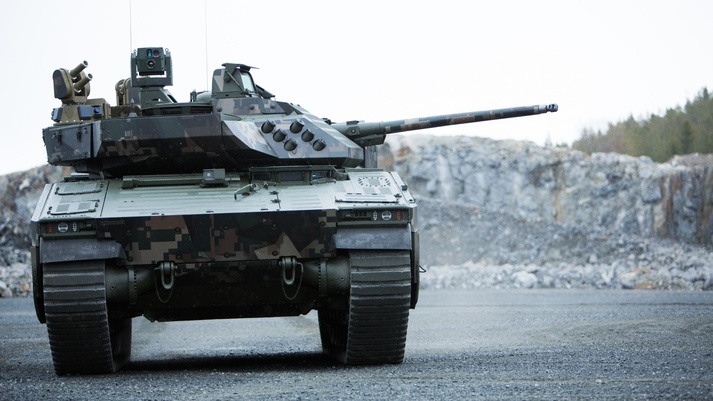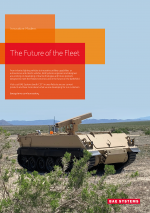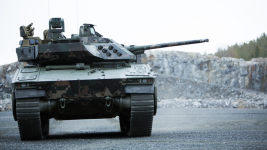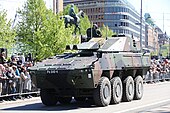- Reaction score
- 30,947
- Points
- 1,090
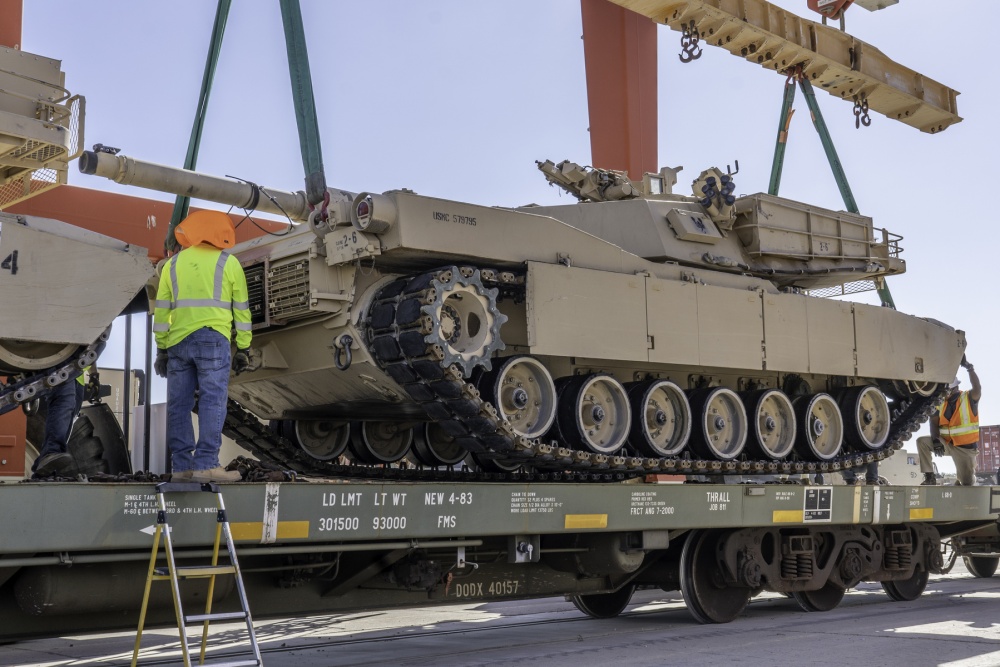
“The U.S. Marine Corps has divested in their tanks” Well, what does that mean? - Naval News
General David H. Berger, Commandant of the U.S.M.C. explains where the Corps’ M1A1 tanks will go at Modern Day Marine 2020www.navalnews.com
Something Canada may want to ponder.
:stirpot:
#MGS


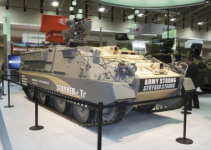
:quality(70)/cloudfront-us-east-1.images.arcpublishing.com/mco/6MPCLCAQ2BCK5MOJBVKZ4JEJUE.jpg)
